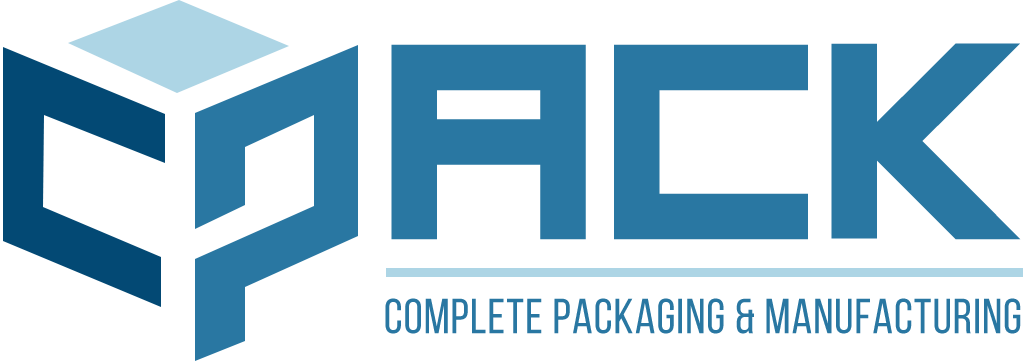The ongoing trade tensions between the United States and China have significantly impacted various industries, including the dietary supplement sector. Tariffs have disrupted supply chains, increased costs, and introduced regulatory complexities. This blog explores how these tariffs are reshaping the supplement industry and offers strategies for businesses to navigate the evolving landscape.
The Role of China in the Supplement Supply Chain
China plays a pivotal role in the global supplement industry, supplying a substantial portion of raw ingredients such as vitamins, minerals, amino acids, and herbal extracts. Key components like vitamin C (ascorbic acid), creatine, ashwagandha, green tea extract, and turmeric/curcumin are predominantly sourced from Chinese manufacturers.
Additionally, China is a major provider of finished supplement products, packaging materials, and manufacturing equipment. Consequently, tariffs on Chinese imports have a cascading effect throughout the supplement supply chain.
Impact of U.S.-China Tariffs on the Supplement Industry
1. Increased Costs of Raw Materials
The escalation of tariffs, with rates reaching up to 25% on certain Chinese imports, has led to higher prices for essential supplement ingredients. Small and mid-sized supplement brands are particularly affected, facing squeezed profit margins or the need to increase retail prices, which can hinder competitiveness.
2. Supply Chain Disruptions
Tariffs have caused delays and disruptions in the global movement of goods. In the supplement industry, where timely delivery is crucial due to seasonal demand and product shelf lives, longer lead times and customs bottlenecks pose significant challenges in meeting consumer expectations.
3. Shifts in Sourcing and Manufacturing
To mitigate tariff impacts, many companies are exploring alternative sourcing options in countries like India, Vietnam, and domestically within the U.S. However, transitioning to new suppliers involves vetting partners, ensuring quality control, and navigating different regulatory standards, which can be complex and time-consuming.
4. Regulatory and Labeling Challenges
Changing suppliers often necessitates reformulating products or altering manufacturing practices, triggering the need for new certifications, stability testing, or updated labeling. These requirements add time and cost, increasing the risk of non-compliance with FDA and FTC regulations if not managed carefully.
5. Increased Consumer Prices
The cumulative effect of tariffs and associated costs often leads to higher prices for consumers. This can result in reduced demand, as consumers seek more affordable alternatives or cut back on supplement purchases, especially during economic uncertainty.
Recent Developments in U.S.-China Trade Relations
According to a report by China Briefing, the U.S. has imposed tariffs on a wide range of Chinese products, with rates varying across different goods. These measures have prompted China to retaliate with its own tariffs on U.S. products, further intensifying the trade war. The ongoing tit-for-tat has created an environment of uncertainty, complicating long-term planning for businesses in the supplement industry.
Strategies for Businesses in the Supplement Industry
Despite the challenges, businesses can adopt several strategies to navigate the current trade environment:
- Diversify Supplier Base
Reducing dependence on a single country by building a diverse network of suppliers can mitigate risks. Exploring sourcing options in regions like India, South Korea, Brazil, and Eastern Europe, as well as domestic sources, can enhance supply chain resilience.
- Strengthen Supplier Relationships
Establishing strong relationships with suppliers through transparent communication and long-term contracts can lead to better pricing and reliability, facilitating smoother operations during periods of volatility.
- Improve Operational Efficiency
Identifying areas for cost savings within operations, such as automating manufacturing processes, optimizing packaging, or outsourcing fulfillment to third-party logistics providers, can help offset increased ingredient costs.
- Rethink Product Formulation
Reformulating products to use tariff-free or less expensive ingredients, without compromising quality, can help maintain competitive pricing. For instance, substituting certain imported botanicals with domestically sourced alternatives may be beneficial.
- Leverage Tariff Engineering
Exploring tariff engineering—modifying product classifications under the Harmonized Tariff Schedule to qualify for lower tariffs—can be advantageous. However, this should be done with legal and customs expert guidance to avoid penalties.
- Educate Consumers
Transparency with consumers about price increases due to rising ingredient costs or efforts to improve sustainability can build trust and maintain loyalty. Many consumers appreciate honesty and are willing to support mission-driven brands.
- Stay Informed and Advocate
Joining industry associations like the Council for Responsible Nutrition (CRN) or the American Herbal Products Association (AHPA) can provide access to resources, updates on trade policies, and opportunities to advocate for industry interests.
Conclusion
The U.S.-China tariff landscape presents significant challenges for the supplement industry, including increased costs, supply chain disruptions, and regulatory complexities. However, by adopting proactive strategies such as diversifying suppliers, improving operational efficiency, and staying informed, businesses can navigate these challenges and position themselves for resilience and growth in a dynamic global market. You can opt for Cpack services to diversify or nationalize supplement manufacturing services in US and globally.





